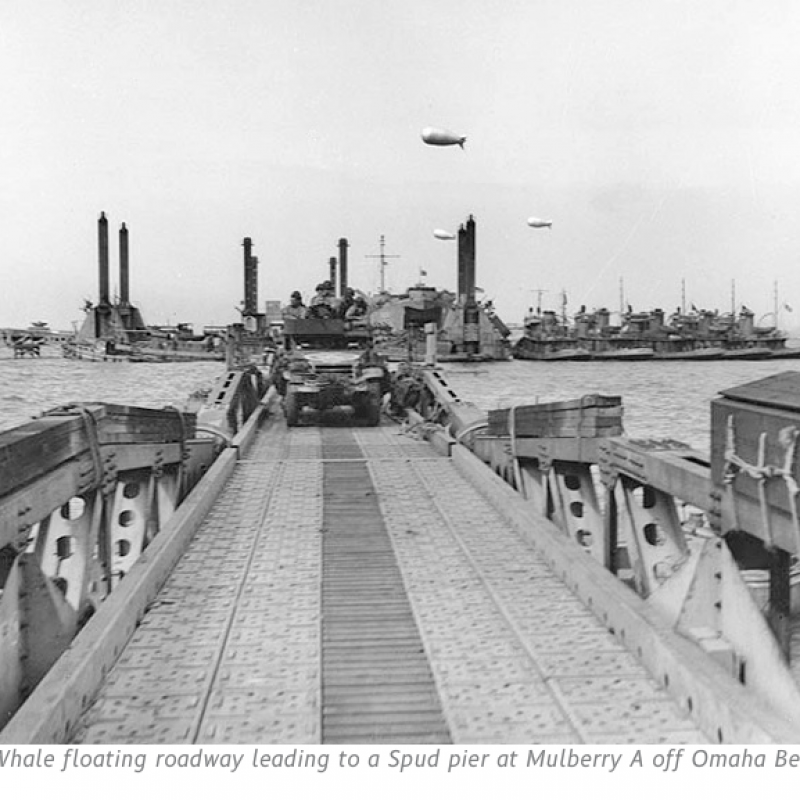As a modern-day third-party logistics provider (3PL), we are reminded during the lead up to Remembrance Day, of the important role that logistics played in the World Wars. The challenges faced by the British Army during World War I and World War II were immense, and the innovations and lessons learned during those times continue to shape the field of logistics as we know it today.
World War I was a brutal conflict that presented unique logistical challenges. Trench warfare meant that soldiers were stationed in static front lines for extended periods, requiring a constant supply of food, ammunition, and medical support. The Western Front, where the British Army was heavily engaged, demanded precise logistical planning to maintain troops’ morale and combat readiness.
Innovations in logistics during World War I were crucial in meeting these challenges. Railways played a paramount role in moving troops and materials, facilitating the movement of troops to the front lines and the evacuation of the wounded. Motorised transport, such as trucks, ambulances, and motorcycles, also became increasingly important for supply and transportation. Third-party logistics providers, often civilian contractors, played a pivotal role in managing supply depots, organising transportation, and warehousing goods.
The Battle of the Somme in 1916 served as a case study for the logistical complexities of a major offensive. The logistical challenge involved ensuring a sufficient supply of heavy artillery shells, small arms ammunition, and medical support to support the troops. The battle highlighted the importance of careful logistics planning in large-scale battles.
World War II presented even greater logistical challenges due to its global nature. The British Army had to operate on multiple fronts, coordinating logistics with various Allied forces. Convoy systems, both at sea and on land, became essential for the safe and efficient transportation of troops and supplies. The use of standardised shipping containers improved efficiency and cargo handling. Third-party logistics providers continued to play a vital role in overseeing supply depots, managing transportation networks, and ensuring the uninterrupted flow of essential goods.
Perhaps one of the most significant logistical triumphs of World War II was Operation Overlord, the Allied invasion of Normandy on June 6, 1944, also known as D-Day. This operation required meticulous planning, coordination of supply chains, transportation, and support to ensure its success. Supplying and sustaining the troops as they pushed inland was a logistical challenge that required exceptional organisation.
The legacy of logistics innovations from World War I and World War II is evident in modern supply chain and logistics management. The use of railways, motorised transport, and standardised shipping containers can all be traced back to this time. The lessons learned and the importance of careful logistical planning in large-scale battles are still relevant today.
As we reflect on Remembrance Day, we are reminded of the sacrifices made by the military personnel of the British Army and their allies. The critical role that logistics played in supporting them on the front lines should never be forgotten.
The innovations and lessons learned from the World Wars continue to shape the field of logistics, and we owe it to those who served to constantly strive for efficient and effective supply chain management.
Head to our Instagram where we are taking a look into one of our employee’s family connection to Remembrance Day.



